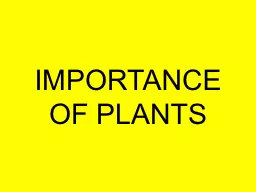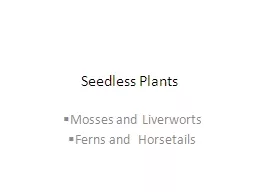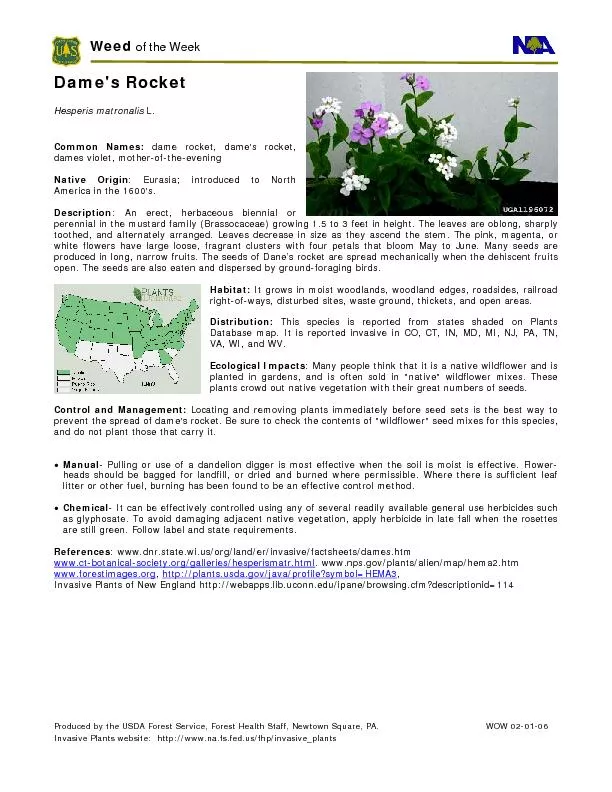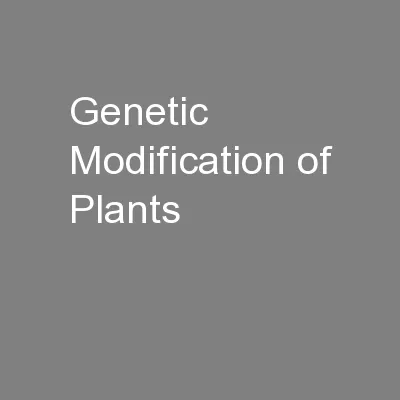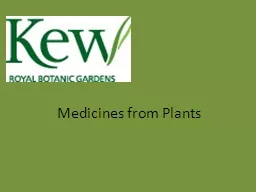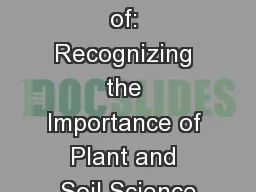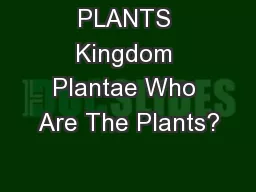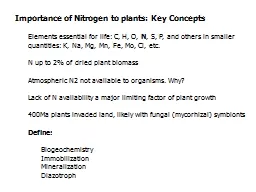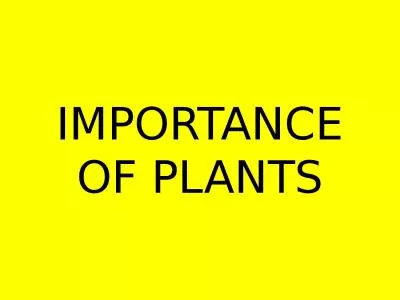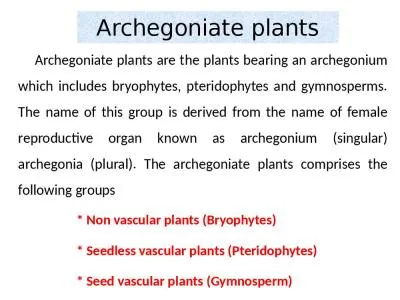PPT-IMPORTANCE OF PLANTS
Author : tatyana-admore | Published Date : 2016-09-08
Importance of Plants Oxygen Foodfeed Medicine httpwwwyoutubecomwatchv6iEOTB1UjjQ Absorb Carbon Dioxide Decoration Aesthetic PLANT LIFE CYCLES Plant Life Cycle
Presentation Embed Code
Download Presentation
Download Presentation The PPT/PDF document "IMPORTANCE OF PLANTS" is the property of its rightful owner. Permission is granted to download and print the materials on this website for personal, non-commercial use only, and to display it on your personal computer provided you do not modify the materials and that you retain all copyright notices contained in the materials. By downloading content from our website, you accept the terms of this agreement.
IMPORTANCE OF PLANTS: Transcript
Download Rules Of Document
"IMPORTANCE OF PLANTS"The content belongs to its owner. You may download and print it for personal use, without modification, and keep all copyright notices. By downloading, you agree to these terms.
Related Documents

